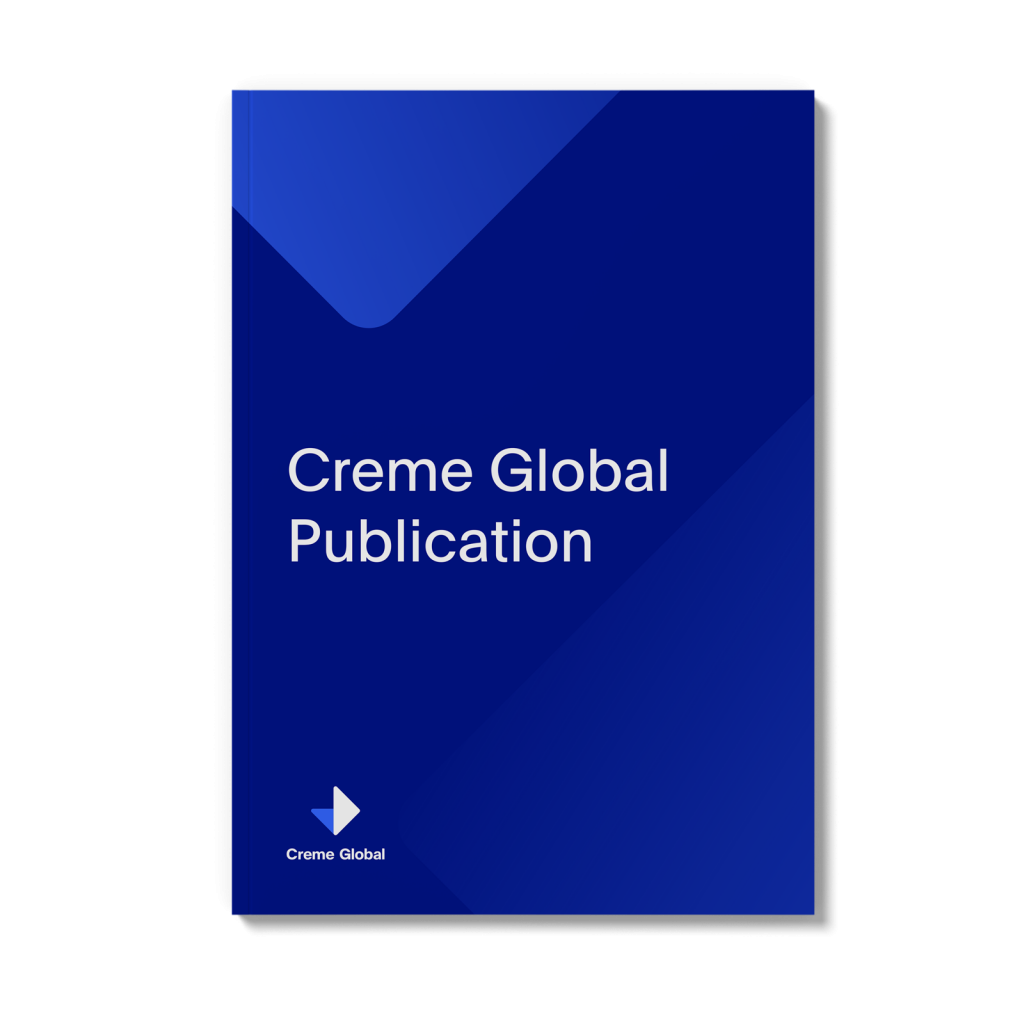Parabens are esters of para-hydroxybenzoic acid that have been used as preservatives in many types of products for decades including agrochemicals, pharmaceuticals, food and cosmetics. This illustrative case study with propylparaben (PP) demonstrates a 10-step read-across (RAX) framework in practice. It aims at establishing a proof-of-concept for the value added by new approach methodologies (NAMs) in read-across (RAX) for use in a next-generation risk assessment (NGRA) in order to assess consumer safety after exposure to PP-containing cosmetics. In addition to structural and physico-chemical properties, in silico information, toxicogenomics, in vitro toxicodynamic, toxicokinetic data from PBK models, and bioactivity data are used to provide evidence of the chemical and biological similarity of PP and analogues and to establish potency trends for observed effects in vitro. The chemical category under consideration is short (C1–C4) linear chain n-alkyl parabens: methylparaben, ethylparaben, propylparaben and butylparaben. The goal of this case study is to illustrate how a practical framework for RAX can be used to fill a hypothetical data gap for reproductive toxicity of the target chemical PP.
Gladys Ouedraogo a, Camilla Alexander-White b, Dagmar Bury c, Harvey J. Clewell III d, Mark Cronin e, Tom Cull f, Matthew Dent f, Bertrand Desprez g, Ann Detroyer a, Corie Ellison h, Stefania Giammanco i, Eric Hack j, Nicola J. Hewitt k, Gerry Kenna l, Martina Klaric g, Reinhard Kreiling m, Cathy Lester n, Catherine Mahony n, Enrico Mombelli o, Jorge Naciff h, John O'Brien i, Andreas Schepky p, Sarah Tozer n, Bart van der Burg q, Barbara van Vugt-Lussenburg q, Sharon Stuard h, Cosmetics Europe
01/05/2022
Download Publication >>>
Read-across and new approach methodologies applied in a 10-step framework for cosmetics safety assessment – A case study with parabens

Authors: Gladys Ouedraogo a, Camilla Alexander-White b, Dagmar Bury c, Harvey J. Clewell III d, Mark Cronin e, Tom Cull f, Matthew Dent f, Bertrand Desprez g, Ann Detroyer a, Corie Ellison h, Stefania Giammanco i, Eric Hack j, Nicola J. Hewitt k, Gerry Kenna l, Martina Klaric g, Reinhard Kreiling m, Cathy Lester n, Catherine Mahony n, Enrico Mombelli o, Jorge Naciff h, John O’Brien i, Andreas Schepky p, Sarah Tozer n, Bart van der Burg q, Barbara van Vugt-Lussenburg q, Sharon Stuard h, Cosmetics Europe